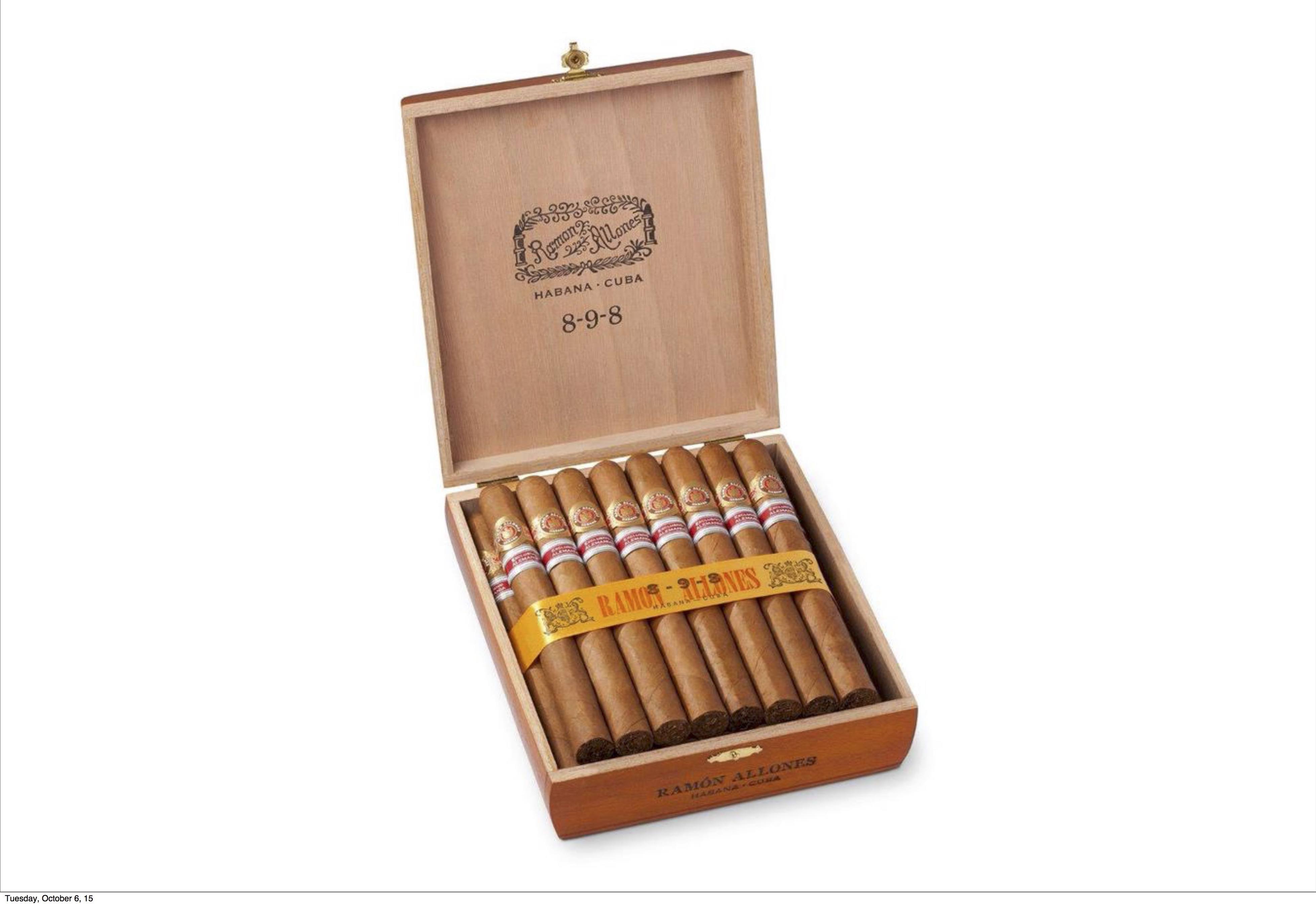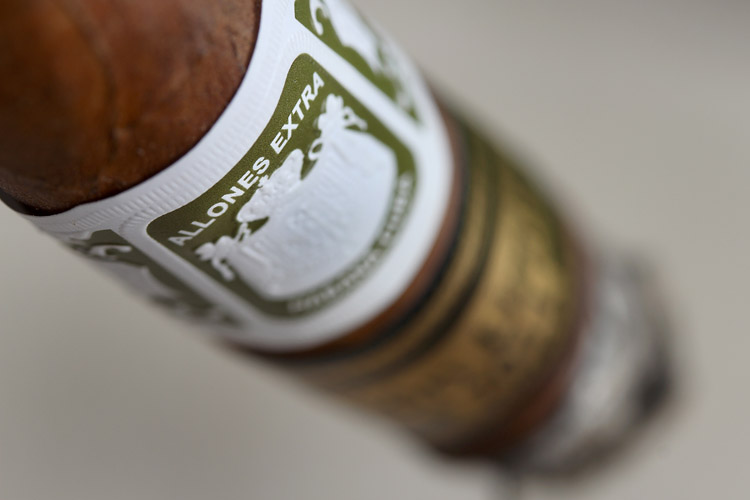The brand of Ramón Allones was started in 1845 by a man named Ramón Allones. Originally from Spain, Allones was reportedly the first to employ bright, lithographed labels on his boxes, which help set his brand apart from his competitors at the time.
The brand went through many changes in ownership before it was finally bought by the Cifuentes family and production was moved to the famous Partagás factory, where it is still rolled today. Since 2001, when Altadis bought a share of Habanos S.A., the majority of the Ramón Allones sizes have been discontinued, including the Coronas and even the 8-9-8 size it helped make popular.
Both the Ramón Allones and the Partagás 8-9-8 vitola were so named in reference to the way the cigars are displayed in their boxes of 25, in rows of eight, nine and eight cigars laying on top of each other.
Here is a photo of both of them side by side for comparison…
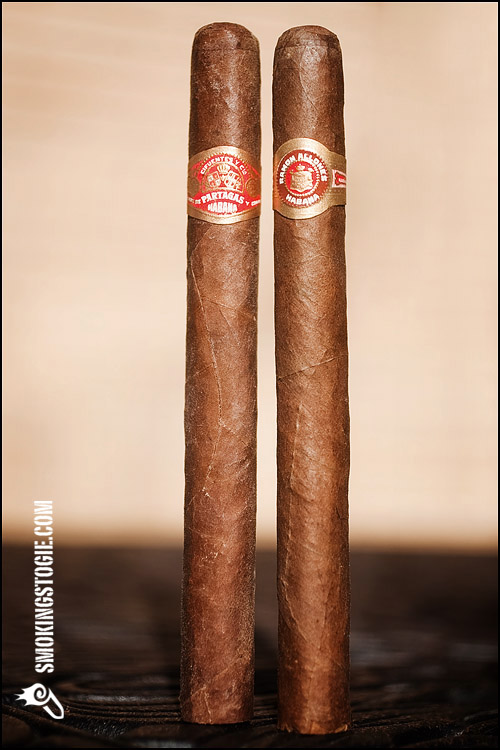
I had been looking to pick up a few of the RA 8-9-8s for a while to photograph and review. I have always enjoyed the Partagás 8-9-8, but since the Ramón Allones 8-9-8 was discontinued in 2002, they RA has become increasingly difficult to find.
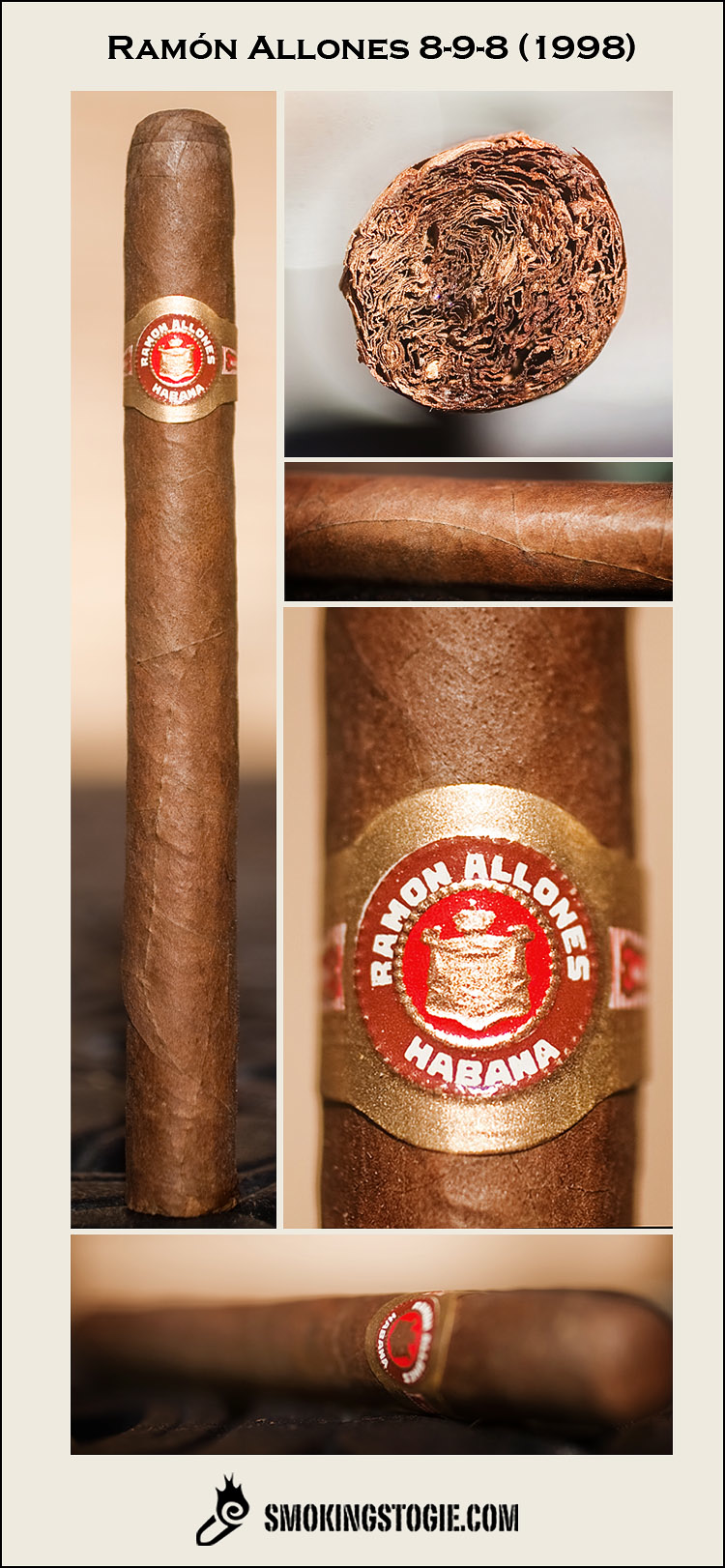
- Cigar Reviewed: Ramón Allones 8-9-8 (1998)
- Country of Origin: Cuba
- Factory: Fernando Perez German
- Wrapper: Cuba
- Binder: Cuba
- Filler: Cuba
- Size: 6 7/10 Inches
- Ring Gauge: 43
- Vitola: Lonsdale
- Est. Price: $25
- Date Released: 1998
The cigar itself is a fairly straightforward, with almost no oil present. The wrapper is a medium brown color, fairly rough to the touch and smells faintly of tobacco and spice. It is also quite veiny and has a few lumps as well. It is a solid cigar and has almost no give at all when squeezed.
The cigar lit fairly easily and it starts out with a nice amount of spice up front, which calms down a little after a few puffs. The dominant flavor is an old leather note that is just on the verge of being unpleasant, very different from the creamy leather flavor from, say, the Tatuaje Verocu Tubo. The draw is also not cooperating, so at the end of the first third, I cut a bit more off the end, and that helped, a bit.
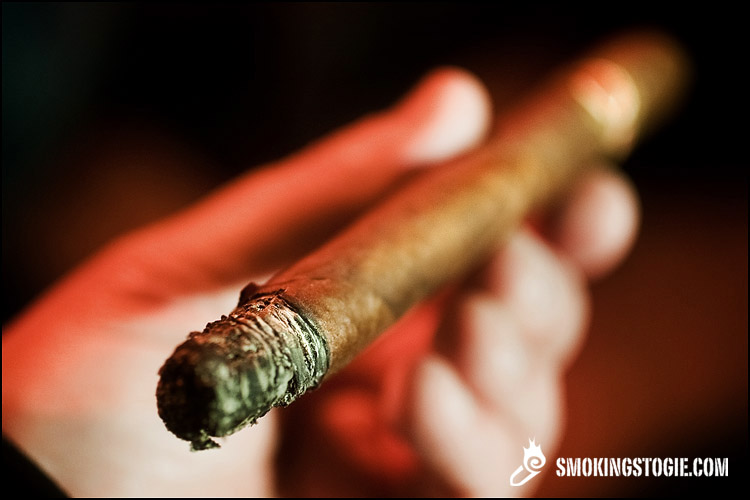
The second third started out much the same as the first, with that slightly unpleasant leather taste overwhelming just about everything else. I did notice some cedar notes and just a touch of tart dried fruit—I wrote down “raised” and that is what I am sticking too, but there was very little of it, just a puff or two.
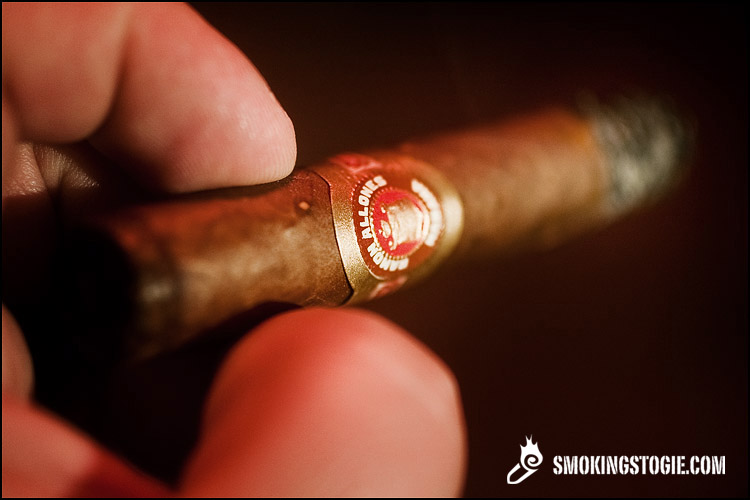
The final third is where this cigar really fell apart. The leather flavor was almost, but not quite, replaced with a flavor similar to rancid earth, and just about every other flavor disappeared. To make matters worse, the cigar started getting hot at the end, and a bit bitter. I got down the nub, but I was not happy about it.
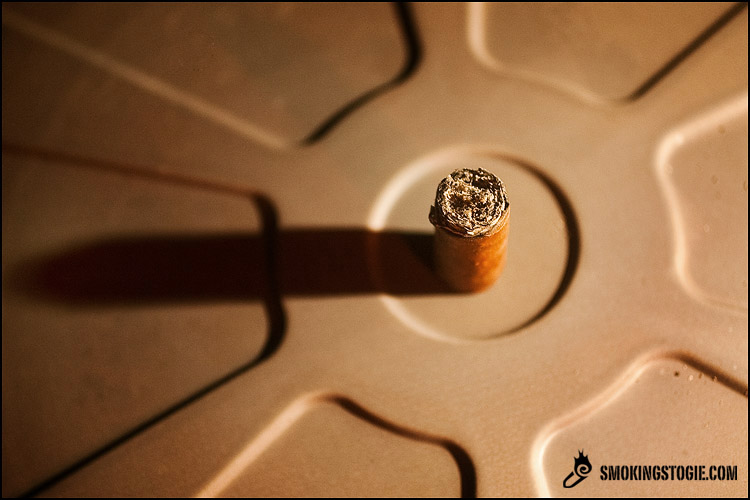
Final Notes:
- The burn was fine, but the draw on this stick was abysmal. It was horrible at first and after cutting a bit more, I was able to actually draw, but it was still very spongy for the whole cigar.
- The smoke coming off of this cigar smelled quite a bit better than the cigar tasted. A great spicy and woody smell.
- I have heard that the last year’s production of these vitolas are quite a bit better in all respects, so I will be looking for some 2002 sticks to compare.
- The final smoking time was two hours and five minutes.
To say I was disappointed in this cigar in an understatement. I was expecting a slightly milder, more Ramón Allones-like flavor compared to the Partagás 8-9-8, and all I got was a bitter, unpleasant horribly drawing mess that, honestly, was not worth the time it took to actually smoke it. Obviously, I knew from researching that this could be the case with cigars from this year—and even a bit later—but I was hoping to dodge a bullet. That being said, the 2002 production is said to be quite a bit better in all respects, so if you are looking to pick some of these vitolas up, I would look for sticks from that year.

